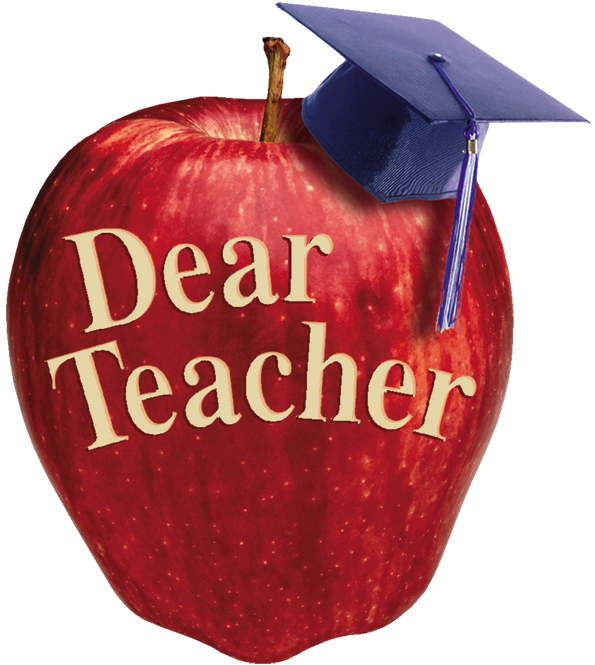Last year, my daughter struggled with math story problems. It's the same this year in eighth grade. She has no trouble reading the words but still can't understand how to get the answer. Is there any way to help her? -- Challenged Answer: Your daughter is not alone. Solving story problems in math is a major roadblock for many students, even in the upper grades. Even good readers find them challenging to understand, as it's hard to sort out relationships with so many facts and figures jammed into just a few words. To learn to solve problems, your daughter must solve problems. In other words, the more problems your daughter solves, the better her problem-solving skills will become. Use the following four steps to help her learn how to tackle story problems with more confidence: 1. Understand the Problem Your daughter must be able to examine the information in a problem first. Have her write down all the known and unknown facts about the problem. She might even find it helpful to draw a diagram to show the facts and relationships of a problem. Have her cross out all the irrelevant information and reread the last sentence several times, for it will usually tell what needs to be found out to solve the problem. 2. Think of Ways to Solve the Problem This is difficult until children gain more experience so that they are able to relate current story problems to problems that they have previously solved. In complex one-step problems, it can be helpful for them to find the biggest number and then decide whether the answer is likely to be more or less than this number. If it's more, the problem will probably be solved by using addition or multiplication. If it's less, they will usually subtract or divide to get the answer. It can also help to simplify a problem by using much smaller numbers. 3. Solving the Problem When doing the actual calculation, children have to make sure that they're using the right numbers and that their calculations are correct. 4. After the Problem Is Solved Getting an answer is not the end to problem-solving. Children need to consider whether their answer is reasonable. Does it make sense? Were their calculations correct? They should also think about ways to check the correctness of an answer.
